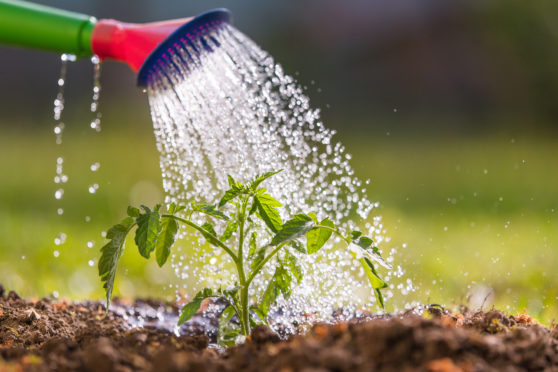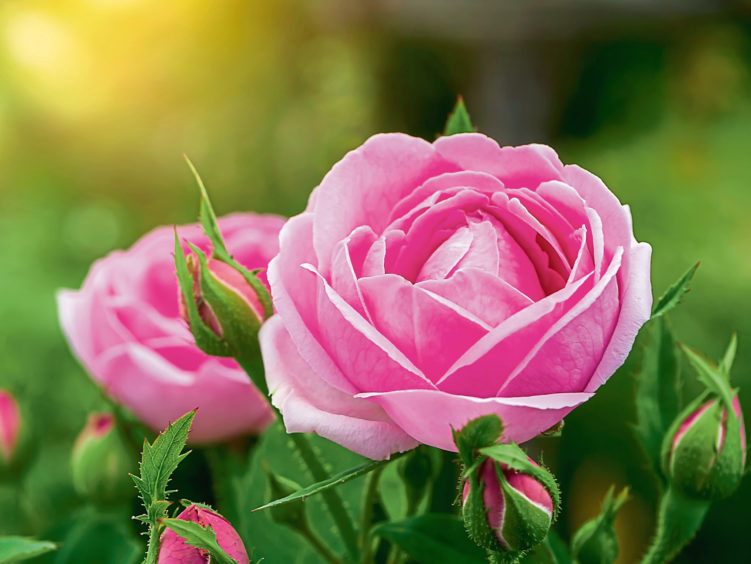
It’s not often that I say this, but the arrival of rainy weather has come as a relief.
It’s not just the vegetables, containers and borders that have required watering, but all those shrubs planted in the last year have needed a regular soaking and most days have involved at least an hour with the hosepipe and watering can.
Will the damper weather continue? That’s hard to tell.
After the wettest February, followed hot on its heels by the driest, warmest spring since records began there’s no way of predicting what lies in store for us during the months ahead.
If it involves more watering, then try to do this early in the morning or late in the evening, when less will be lost to evaporation. For mature plants, a heavy soak once a week is preferable to a light sprinkle every day, which will only encourage shallow rooting, but some things, including tomatoes and hanging baskets, will need watering once a day even if it rains and twice a day during very warm spells.
If you don’t have a sprinkler or you are in a part of the country with a hosepipe ban, don’t waste your time watering your grass. Lawns that turn yellow and look parched have an uncanny ability to turn green again as soon as it rains.
However, if rain persists, roses may suffer. Those with single flowers usually fare best, but any with deep cups and double rows of petals can become so heavy they are unable to hold their heads up, while intermittent wet and dry spells can lead to “balling”, where outer petals contract, imprisoning the blooms inside. Remove the damaged petals soon as you spot them and you may be able to prevent this.
Single flowers aren’t just good for avoiding rain damage, they are a magnet for bees. In my garden the cheerful flowers of geums and the spikes of persicaria get most attention.
I’ve been getting close to the bees while snapping off the spent flower heads of azaleas and rhododendrons and removing old blooms from the ‘For Your Eyes Only’ roses. These roses, which were bred quite recently, look like their wild cousins, only with a coral tinge to the petals and an eye that seems to become deeper in colour as the flowers age.
Unlike wild roses, ‘For Your Eyes Only’ doesn’t just appear in one single flush, but instead will keep flowering to autumn, which is good news for the bees as well as for us gardeners.
Not everything is so obliging, peonies and oriental poppies put all their energies into one, great show-stopping performance that lasts for just a few short weeks and then is over but is so dazzling that I wouldn’t be without them.
These glorious blooms are having their moment now, enjoy them before they fade.
Even with the recent rain, our gardens need a lot of watering, says our expert Agnes Stevenson. But don’t forget to stop and smell the roses

Enjoy the convenience of having The Sunday Post delivered as a digital ePaper straight to your smartphone, tablet or computer.
Subscribe for only £5.49 a month and enjoy all the benefits of the printed paper as a digital replica.
Subscribe © Shutterstock
© Shutterstock